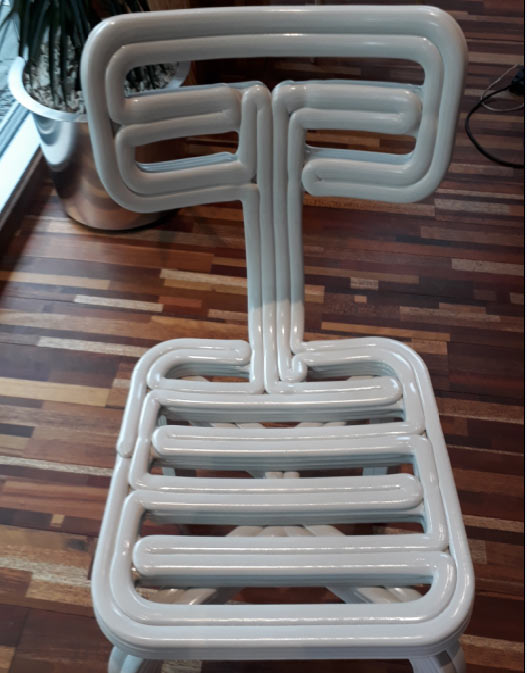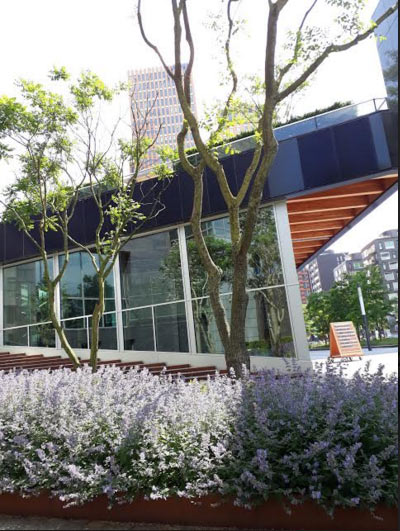
Office building of the future in the south of Amsterdam (Financial district)
Amsterdam's business parks have been growing fast for several years, and every new office building impresses with its modern architecture. However, it is not only the shape that makes them unique, but the circularity achieved through the use of innovative solutions.
1. The Edge
1. The office building "The Edge" belonging to Deloitte is considered to be one of the most circular buildings in the world and used to be called "A computer with a roof". It was designed to create the most comfortable workplace for 2.500 employees. The office building is completely electronically controlled and can only be navigated with a smartphone in hand. Employees have special phone applications that allow them to be "connected to the building" all the time. The app carries out many activities for them, including it checks the daily schedule of each employee, directs it to the appropriate desk or conference room, and the lighting and temperature in the rooms adjusts to its individual preferences. The building recognizes cars entering the car park, indicates the right parking place and opens the door itself. Most importantly office consumes 70% less energy than other office buildings. These energy savings were achieved by e.g. installing solar panels and the use of thermal storage.

The British rating agency “BREEAM” recognized “The Edge” as the most ecological building in the world.

Case Study:
https://www2.deloitte.com/nl/nl/pages/over-deloitte/articles/persinformatie-the-edge.html
https://www.flickr.com/photos/deloittenl/sets/72157651161700593
(source: www2.deloitte.com)
2. CIRCL building
The CIRCL building belonging to the Dutch bank ABN-AMRO, is a model example of a circular investment, although the solutions used in it are still being developed and tested. The three-story pavilion is built mainly out of wood. The building roof and walls are covered with 500 solar panels and plants. Its most important structural elements come from recycling. For example, the windows were removed from the old office building intended for demolition, the wooden floor was constructed out of the old bar from one of the football clubs. Also 16.000 pairs of second-hand jeans were used for wall insulation. Further the ABN-AMRO employees were asked to collect their unused corporate clothes, which in turn were cut into tiny pieces and glued to the CIRCL building walls as decoration, with the further benefit of dampening the noise.
The pavilion has offices, conference rooms, a gallery and a restaurant. Old furniture's were renovated, freezer components were turned into chairs and an 3D printer was used to create additional furniture’s. Some elements of the building were leased directly from the manufacturer. As example, the ABN AMRO pays only for the amount of trips made in the elevator, Same with the lighting inside the building, the bank only pays for the hours used. At the moment of writing, its unknown how effective these solutions are, as there is no data yet. Since the opening of the building in the spring of 2017, it is estimated that an energy saving of 50% will be achieved.
For more information go to: https://circl.nl/themakingof/en/


